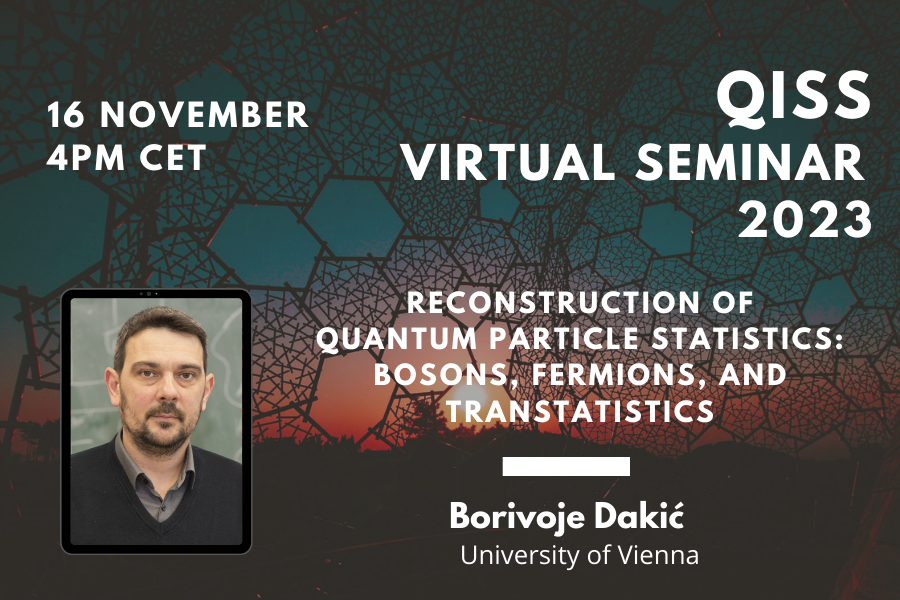Quantum nonlocality, pioneered in Bell’s seminal work and subsequently verified through a series of experiments, has drawn substantial attention due to its practical applications in various protocols. Evaluating and comparing the extent of nonlocality within distinct quantum correlations holds significant practical relevance. Within the resource theoretic framework this can be achieved by assessing the inter-conversion rate among different nonlocal correlations under free local operations and shared randomness. In this study we, however, present instances of quantum nonlocal correlations that are incomparable in the strongest sense. Specifically, when starting with an arbitrary many copies of one nonlocal correlation, it becomes impossible to obtain even a single copy of the other correlation, and this incomparability holds in both directions. Remarkably, these incomparable quantum correlations can be obtained even in the simplest Bell scenario, which involves two parties, each having two dichotomic measurements setups. Notably, there exist an uncountable number of such incomparable correlations. Our result challenges the notion of a ‘unique gold coin’, often referred to as the ‘maximally resourceful state’, within the framework of the resource theory of quantum nonlocality, which has nontrivial implications in the study of nonlocality distillation.
